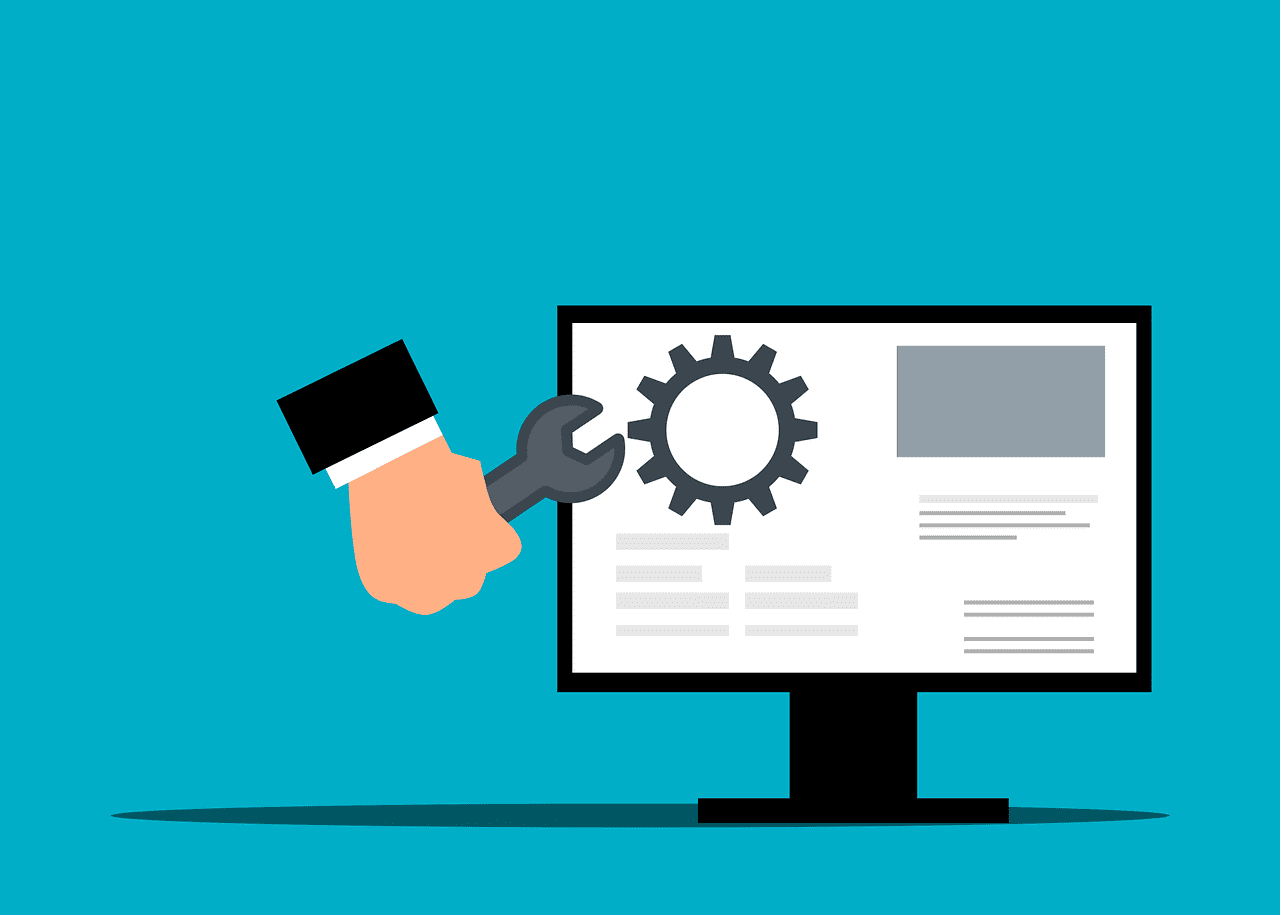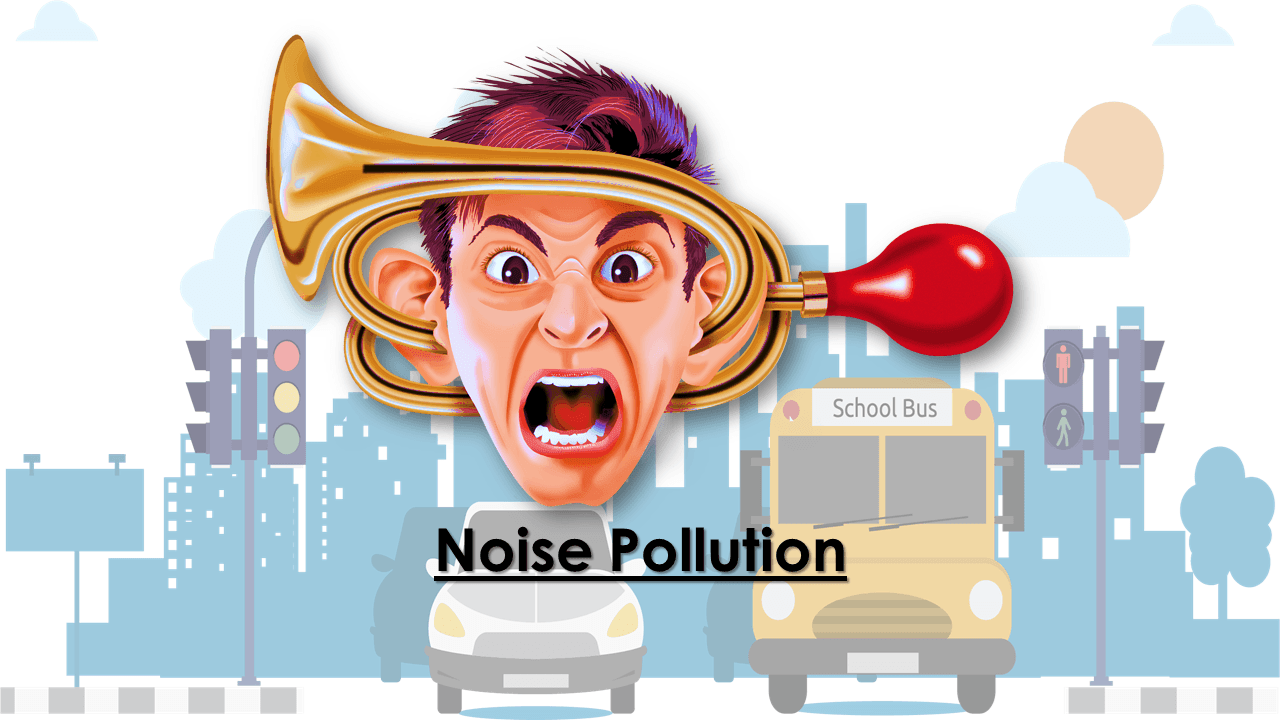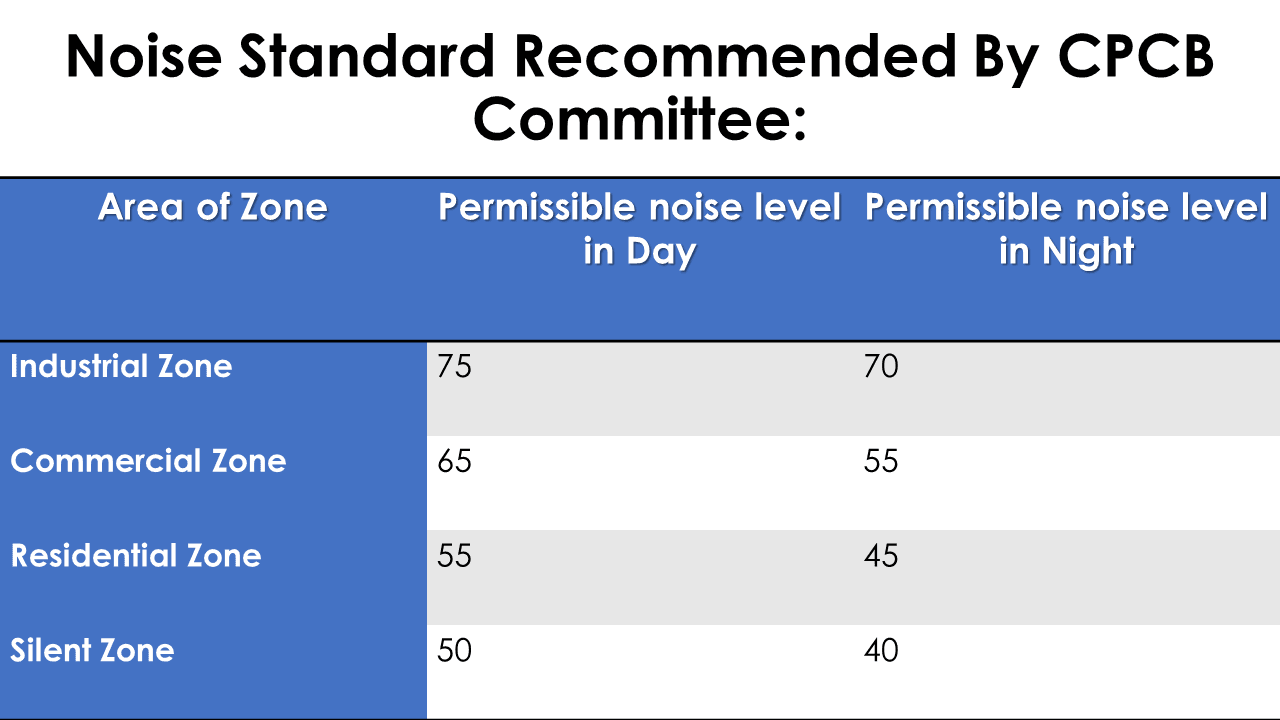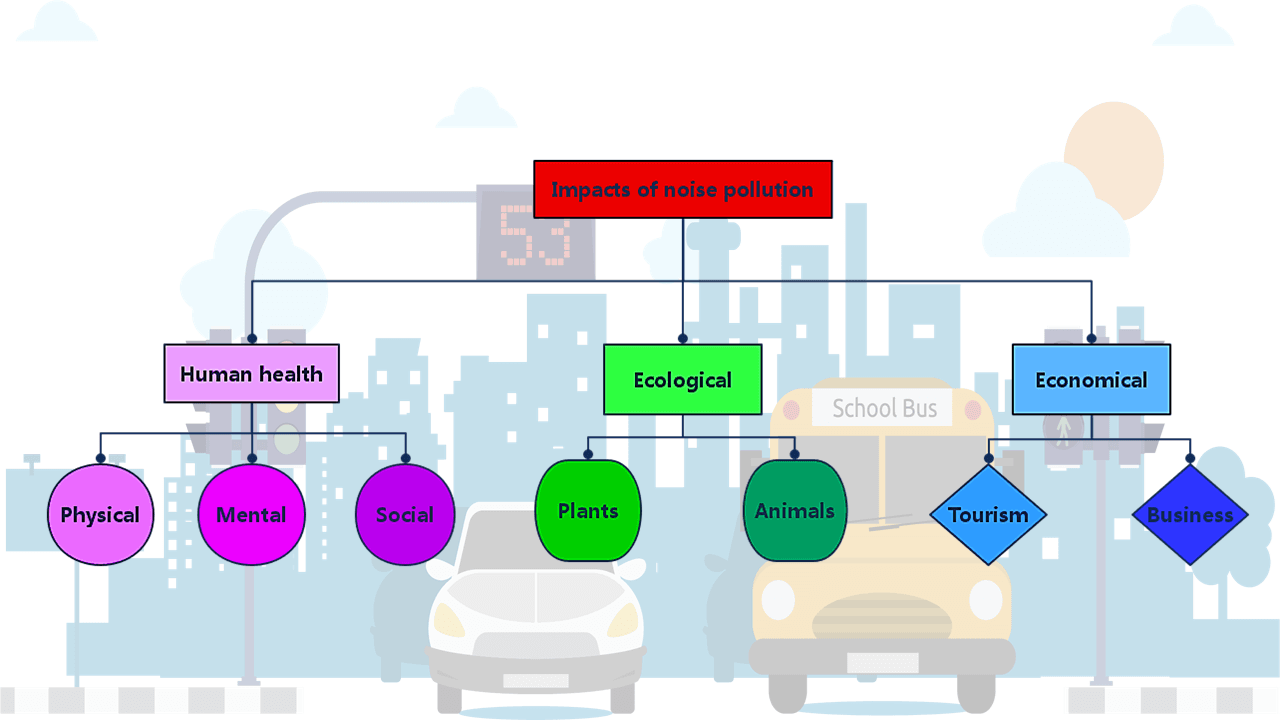Best Cloud ERP System Solutions Essay, Definitions, Benefits, and Impact for Small Business; Enterprise Resource Planning (ERP) is a structure that use to manage and deliver solutions for the company. Enterprise Resource Planning (ERP) helps in the integration, implementation, management, planning, purchasing, marketing, sales, and inventory of an Information system. The data of the ERP management software is stored in the database using a database management system. The stored data should distribute among the departments of the company as a part of the process. It facilitates the information transfer among the departments which includes a lot of manual work as the data should manage and update manually.
Here is the article to explain, Best Cloud ERP System Solutions Essay for Small Business!
Cloud computing is a model for on-demand network access to a shared pool of resources like network, server, applications, and storage which has a minimal management effort or a service provider. On using cloud computing the users can share or view the shared data without any external resources. This achieves using the Software as a Service (SaaS) which provides the user to access the information given by the provider.
SaaS (Software as a Service);
The applications can be accessible by the users on personal systems in their small network. Also, The cloud helps the user to access their system within their comfort zone and which acts as the Software as a Service (SaaS).
PaaS (Platform as a Service);
The user can work on any platform or application using programming languages and different infrastructure; this is possible with the cloud and is known as Platform as a Service (PaaS).
IaaS (Infrastructure as a Service);
The cloud provides the user to store the data, work on the applications as well as manage the system with no installation of prior or excess software. Also, This calls Infrastructure as a Service (IaaS).
Cloud computing plays a major role to reduce manual work in sharing the data. ERP which includes cloud is been introduced to overcome the problem. The data is shared among the departments of the company using Cloud (Internet) technology. The data of ERP is stored on the cloud which can share and accessed by the members of the company who have access to the system. Further, the cloud-based ERP definitions, Information System based definitions, key benefits of cloud ERP and taxonomies discuss.
Definition of Cloud ERP or Cloud-Based ERP;
They define as the on-premises or the hosted ERP on cloud computing technology. It is mostly required or useful for small and also medium enterprises (SMEs) for the improvement of the business.
According to (Shivam, C., Ned, & David, 2018), Cloud ERP helps SMEs to benefit from the privileges of the ERP packages without installing IT (Information Technology) software/hardware. Moreover, it has less maintenance and removes the IT workforce. Based on the SME’s requirements the cloud service provider render. The cloud servicer provides a standard cloud ERP module on which a company can rely.
There are vast benefits of the system which include cost minimalization in the infrastructure of the company, the operating cost as the cloud service providers manage the operations of cloud and services, scalability, improved accessibility, mobility, and usability. It also includes system availability and disaster recovery, security, integration, sales atomization, cost transparency, and free trials. Few other advantages of cloud ERP are enhancement of system speed and performance and an effective system upgrade.
But, the views on cost minimalization of operating cost differs. Few authors specified that the Minimalization of operating cost is an advantage, whereas, the others argued that the cloud can use initially but as the organization is developing and the data is increasing the cost by small and medium enterprises is not affordable. Whereas, security plays a crucial in the cloud ERP. The main risk of the systems is the security of the database or the leakage of information.
Other definitions;
All the definitions stated above are similar in the case of cloud ERP systems including the risk of the database. The cloud ERP system is cloud-based rather than server infrastructure; which is used to help the companies to share the data or the information across the departments of the company. It integrates a few key functions financial management, inventory management, customer relationship management (CRM), human resource (HR) management to run a business.
Definition of Cloud ERP – IS (Information Systems);
Business Information System (BIS) is the system that contains the information of various sectors of the company like customer relationship management (CRM), Enterprise Resource Planning (ERP), Human Resource Management (HRM), Financial Management, integration, implementation, purchasing, marketing, sales, and inventory.
Enterprise Resource Planning (ERP) is a module that helps in managing and giving solutions to run the company with different aspects like managing, planning, modifying, integrating, implementing, and marketing. The cloud-based ERP is nothing but the ability of the service providers and the end-users like Information Technology/Information Systems and clients to share the data among their business or the company.
When the process of sharing and managing the information is successful the decision made to run a process will be accurate resulting in the profits of the company. While using the cloud-based ERP, the time taken for the upgrade of the system enhance and works effectively. The process speeds up when the company has an accurate and effective cloud ERP system which is an added advantage.
Other Information;
Meanwhile, when the decisions are made accurately within the time limit the productivity of the organization is enhanced and it leads to the growth of the company. The company gains profits as it has an effective system. Accordingly, as there is a growth in the business it leads to a competitive edge, which leads to competition with other companies.
The organization’s productivity and competitiveness increase including the increase of knowledge on the new technologies and software with minimal human work. On the other hand, if the company has a bad system the time taken to upgrade the system is more and leads to an ineffective result. The ineffective result again leads to an inappropriate decision which drops the company’s productivity. As the productivity of the company is let down the company has no competitors and results in a loss. When poor integration occurs, it results in unsatisfactory results. As there is a loss in the company it impacts the Business Information System (BIS).
A good Business Information System aims to integrate successful end-users like IT, People, and business which helps in making an accurate decision on time. The accurate and effective decision leads to good productivity of the organization. The organization benefits from the reduction of cost, profit maximization, and good decision support. The competitors of the against the organization increases which helps in enhancing knowledge on all the new technologies and software.
Benefits of Cloud ERP system;
Cloud ERP system has many benefits which include;
- Cost Minimization
- Scalability
- Mobility
- Usability
- Efficiency
- Cost Transparency
- Accessibility
- Disaster Recovery
- Speed Enhancement of the system
The predominant benefits of the cloud ERP systems are;
- Scalability
- Accessibility and Usability
- Mobility
- Security
Scalability;
The ability of the computing process in resource pooling and rapid resource elasticity of the cloud-based ERP system leads to a high elastic infrastructure capacity. The high-level strategic flexibility and enhanced competitiveness in the SME’s result in scalability. The enterprises can adjust according to the requirements, they can move their scale up or down flexibly.
Accessibility and Usability;
As the cloud ERP is on-demand and it works using the internet it has several options to access. Also, The applications over the cloud are in an open environment which leads to easy access. An increase in accessibility steps forward on an increase in usability which includes the usability of cloud ERP inside and outside of the enterprise.
Mobility;
According to (Peng & Gala, 2014), the enhanced ERP mobility took over the existing or the old system of working at the office. When the cloud came into place, the data or the whole information of the system is stored on the cloud and can view or access from any place through web browsers. For example, the manager used to work on the project in the office as there is no cloud ERP available. Later, when the cloud-based ERP discover and implement, the manager can work from anywhere just by using a secure web browser. This helped the end-users to enhance their knowledge by saving time.
Security;
The ERP consists of data of the system or the business, connecting the data to the cloud draws the main attention of security. The cloud ERP which holds the information of the complete system should be secure enough to rely upon. Since the data controller is by a third party (Cloud Service Provider), it is not to be relied on. Whereas, when there is an effective and enhanced system there is no problem with the security of the system as it is safe. But, if the system is ineffective then there is a loss of data or leakage of data.
If the system has the disaster recovery option then it is easy for the data to obtain when lost. Security plays a major role in the Cloud ERP system. Data Privacy and Data Security seem to be similar but indeed they are different from each other. Data Privacy refers to the privacy of the company or the manager and the workers to access data. Whereas, data security relates to the protection of the data to avoid data loss or data leakage. More often, data leaks by humans, rather than technology defects.
Cost Minimalization;
A system always needed a high maintenance and implementation cost, especially in on-premises ERP systems. Generally, an on-premises ERP system requires investments in the user; as well as the client system as they should install the software and hardware for running the system. This leads to management, maintenance, implementation, and investments. Cloud ERP system has overcome all these problems as there is the requirement of installing the systems on user PC’s and the data can view, access, and stored on the cloud. This reduced the investments, maintenance which leads to cost minimalization or in short cost reduction. It also maximized the profits of the company with low maintenance and low cost.
Similarly, the other benefits of cloud ERP are equally important for the development of the system. Cost transparency and enhancement of speed while upgrading the system leads to the enhancement of the perfection of the system. The system cannot run slow while upgrading as it leads to time loss; so, the system should upgrade fast enough to avoid any time gap. When the system upgrades the performance level increases as the system is more effective.
Taxonomies Benefits of Cloud ERP system;
The key benefits of cloud ERP systems in terms of ERP benefits Taxonomies according to Shang and Seddon are;
- Operational
- Managerial
- Strategic
- IT Infrastructural and
- Organizational
Operational;
The predominant operational benefit is cost reduction or cost minimalization. Rather than traditional ERP, Cloud ERP has the subscription method of payments; which not only includes software cost but also the management and support cost. This is the key benefit of the Cloud ERP as the cost reduction; it also includes less workforce and helps to travel less. As the Cloud Service Provider (CSP) takes over the management of the system there is a drastic improvement in the profit maximization and functioning of the system.
Managerial;
Cloud ERP system helps in making an accurate decision that effectively works on the system. This leads to easy access to the system as the third party (Cloud Service Provider) provides a good ERP system. The managerial benefit of cloud ERP system gives a fast and accurate output which is time-saving with low cost. When the datastore is on a cloud every person inside the system can easily access and also can modify the data if they have access to the system.
Strategic;
The rapid development of the system is possible as the system is more effective and accurate; it allows the users to have a fast and reliable result which leads to the growth of the company. Using Cloud ERP system, the users can enhance their knowledge towards software and the structure; which drives through innovations and creativity. The competitive edge of the company increases and there will be the maximization of profits.
IT Infrastructural;
As mentioned above, a cloud ERP system helps to enhance knowledge on software as well as the modules of the system. The IT knowledge helps the end-user to develop the business with great IT infrastructure which will be easy to operate by the end-users.
Organizational;
The cloud ERP system helps to support the organization and with the changes in an organization because of its flexibility and scalability. Now a day, technology is enhancing and also new technologies are coming into the system, cloud ERP is flexible to adapt to the new technology. The end users can learn the strategies of business easily as the cloud ERP helps to share the information with no installing of software onto the end user’s system.
These five taxonomies are in the perspective of a stakeholder and also senior manager which helps in the development of the company; which includes the enhancement of users’ knowledge towards software systems and the business strategies or the business rules. The end-users will have easy access to the system as the information is stored on the cloud with no prior installment of software.
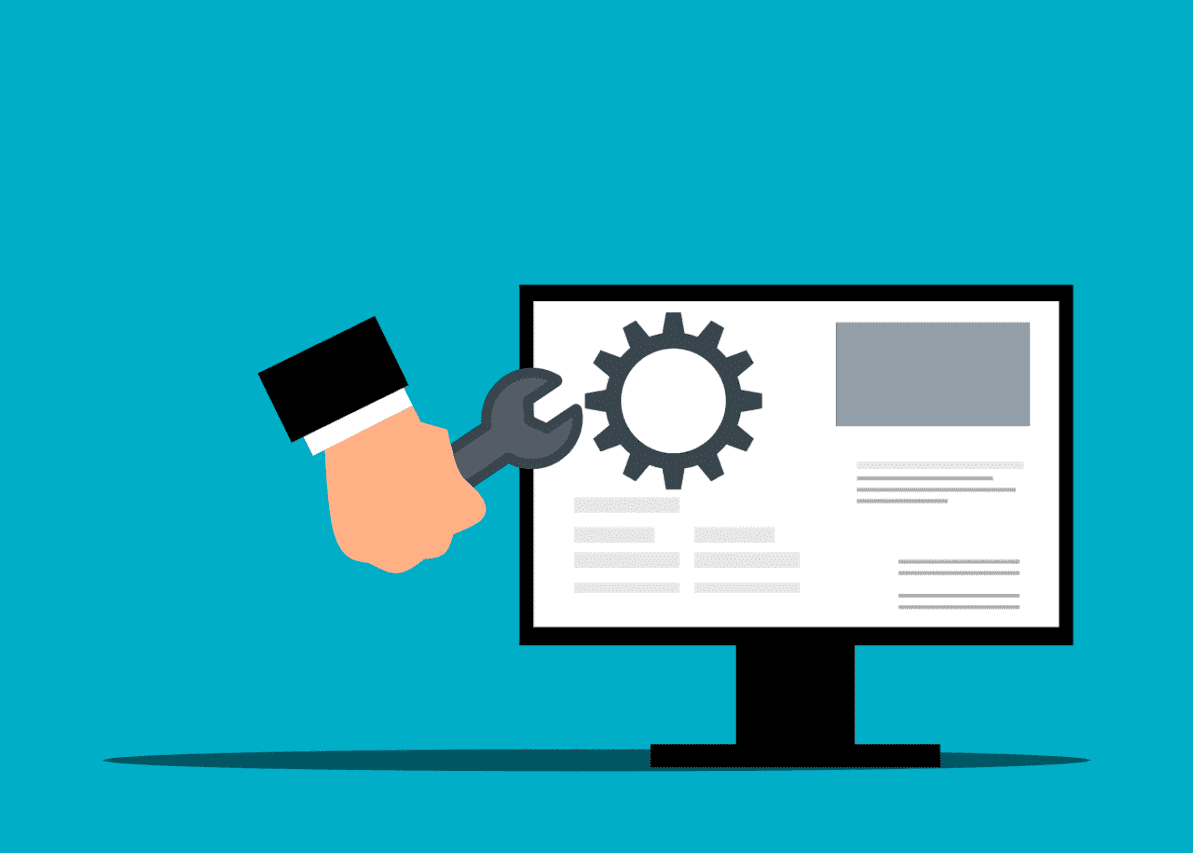
References; Cloud ERP Systems – Definitions and Impact. Retrieved from https://ukdiss.com/examples/cloud-erp-systems.php?vref=1

